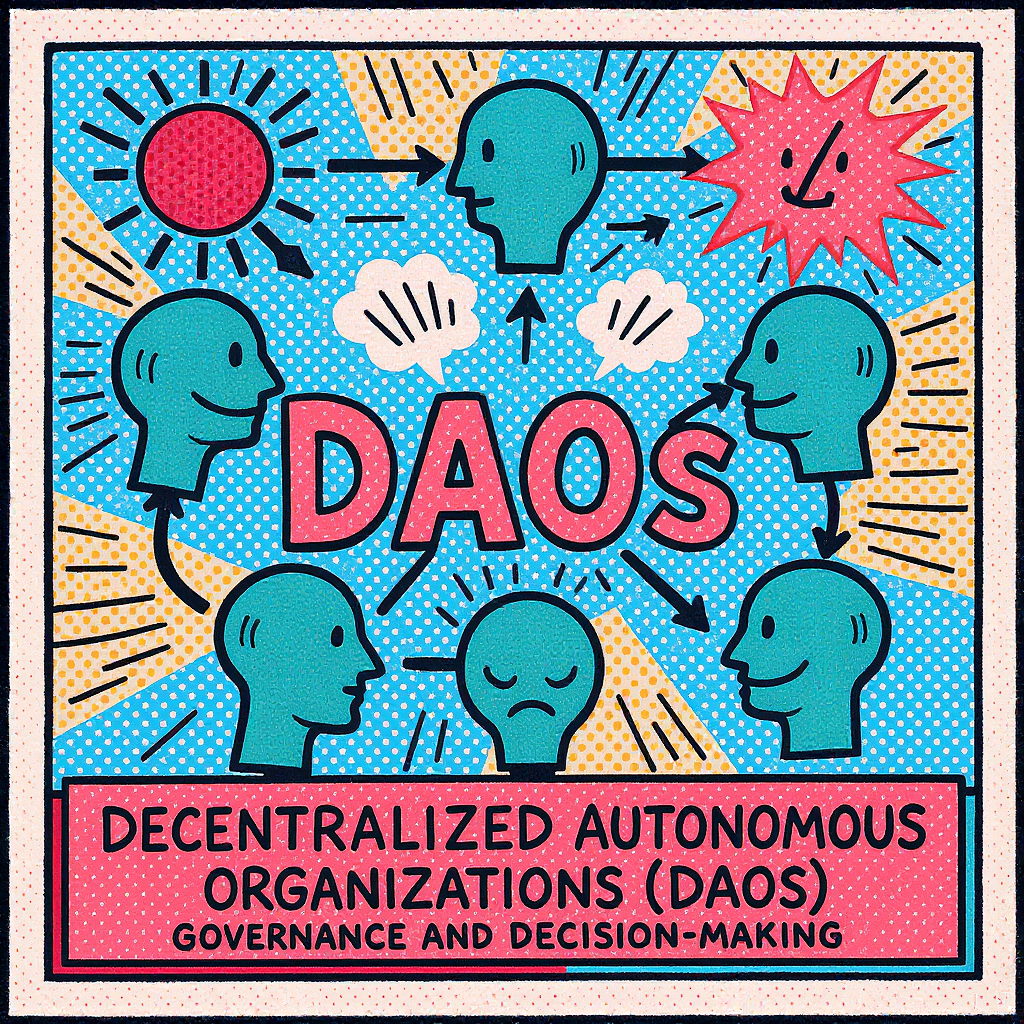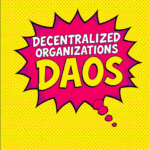Decentralized Autonomous Organizations, or DAOs, represent a novel approach to organizational structure and governance. Unlike traditional hierarchical organizations, DAOs leverage blockchain technology to distribute power and decision-making among their members. This article will explore the intricacies of DAO governance and decision-making, examining the mechanisms employed, the challenges faced, and the potential for future evolution. We will delve into the various voting systems used, the role of token holders, and the complexities involved in balancing efficiency with inclusivity. Furthermore, we’ll analyze the impact of different governance models on the overall effectiveness and sustainability of a DAO. Ultimately, understanding DAO governance is crucial for anyone interested in the future of decentralized organizations and their potential to reshape various industries.
Governance Models in DAOs
DAOs employ a diverse range of governance models, each with its own strengths and weaknesses. One common model is token-weighted voting, where the voting power of each member is directly proportional to the number of tokens they hold. This system incentivizes token holders to actively participate in governance and ensures that those with a larger stake have a greater influence on decisions. However, it can also lead to concerns about wealth concentration and the potential for manipulation by large token holders. Alternatively, quadratic voting allows members to allocate their votes across multiple proposals, with the cost of voting increasing quadratically with the number of votes cast on a single proposal. This model aims to amplify the voices of smaller stakeholders while mitigating the impact of whales. Other models, such as liquid democracy, allow members to delegate their voting rights to others they trust, enhancing participation and efficiency. The choice of governance model significantly impacts the decision-making process within a DAO.
The Role of Token Holders in Decision-Making
Token holders are central to the functioning of most DAOs. They typically have voting rights on proposals related to the DAO’s operations, treasury management, and future development. The level of influence each token holder possesses varies depending on the governance model adopted. As mentioned previously, in token-weighted voting systems, token holders with larger stakes have proportionally greater voting power. Active participation from token holders is crucial for the health and success of the DAO. However, low participation can lead to decisions made by a small, potentially unrepresentative group. Furthermore, mechanisms to incentivize participation, such as rewarding active voters, can be implemented to mitigate this risk. The balance between ensuring active participation and avoiding manipulation by concentrated stakeholders remains a key challenge.
Decision-Making Processes and Mechanisms
The decision-making processes within DAOs often involve several steps. Proposals are typically submitted by members, followed by a period of discussion and debate within the DAO community. This discussion can occur through forums, chat channels, or dedicated platforms. Once the discussion period concludes, voting commences, and the outcome is determined based on the chosen governance model. After the voting period, the results are implemented, usually automatically through smart contracts. Transparency is a cornerstone of DAO governance; all proposals, votes, and decisions are typically recorded on the blockchain, ensuring accountability and traceability. This process fosters a high level of transparency and allows for community scrutiny of decisions.
Challenges and Future Directions
Despite the innovative nature of DAOs, several challenges remain. One major challenge is the potential for attacks and exploitation. The decentralized nature of DAOs can make them vulnerable to malicious actors who might attempt to manipulate voting outcomes or exploit vulnerabilities in the smart contracts. Furthermore, ensuring inclusivity and accessibility for all members, regardless of their technical expertise or geographical location, is crucial. The complexity of some DAO governance processes can also pose a barrier to participation for less technically savvy members. Future research and development will focus on improving user experience, enhancing security, and developing more sophisticated governance models that better balance efficiency with inclusivity.
Conclusion
Decentralized Autonomous Organizations present a revolutionary approach to organizational structure and governance. This article explored the diverse governance models employed by DAOs, the crucial role of token holders in decision-making, the intricate processes involved, and the ongoing challenges. From token-weighted voting to quadratic voting and liquid democracy, the selection of a governance model significantly shapes the DAO’s decision-making process and its overall functionality. While the transparency and automation offered by blockchain technology are key strengths, issues such as potential exploitation, ensuring inclusivity, and managing the complexity of the systems remain important considerations. The continued evolution and refinement of DAO governance models are vital for realizing the full potential of these innovative organizations and their impact across various sectors.
References
Coindesk Article on DAO Governance
Vitalik Buterin on Quadratic Voting
Image By: Black Forest Labs






